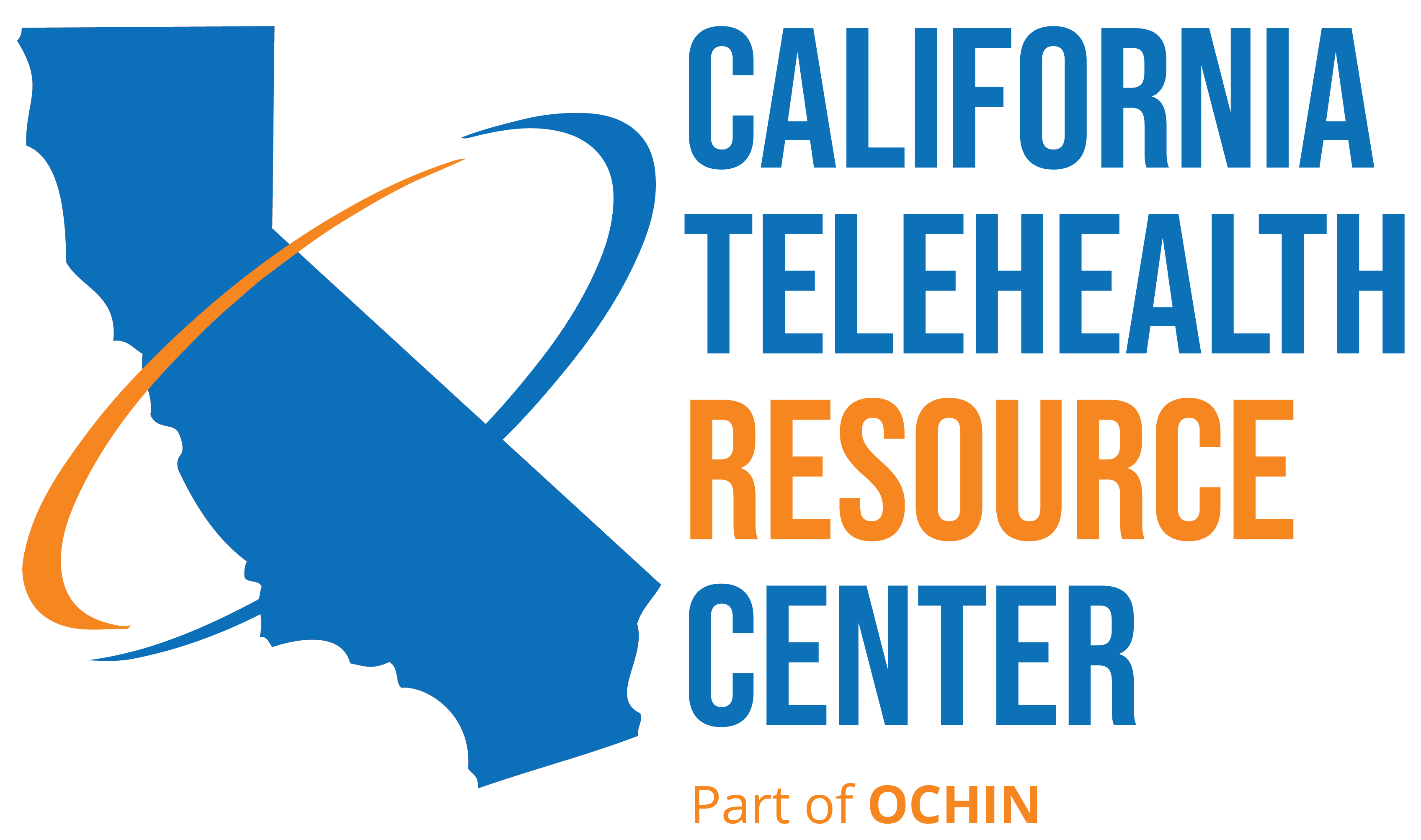On December 23rd, the House of Representatives approved a $1.7 trillion spending package, HR 2617, aka the Omnibus Appropriations legislation. Included in the legislation were a number of changes that have the potential to impact telehealth providers across the nation.
Blog
Blog, Featured, Legislation, Legislation & Regulation, News, Reimbursement, State & Federal Policies | Comments are Closed | 5 January, 2023 | 0
As a preamble to the upcoming Advances in Remote Patient Monitoring Learning Event co-hosted by CTRC and the California Health Care Foundation, this blog delves into the world of RPM and its role in the future of health care.
Guidelines and Toolkits, Ongoing Training & Insight, Sample Forms and Guidelines, State & Federal Policies, What's New | Comments are Closed | 9 November, 2022 | 0
This document from the U.S. Department of Health & Human Services provides patients with guidance on nondiscrimination in telehealth.
COVID-19 transformed California’s health care system. With it came increased safety protocols, a strained and exhausted workforce, supply shortages, and exponential growth in virtual care. An unexpected silver lining is the finding that practices offering telehealth services and work-from-home options have higher health care workforce retention rates.







